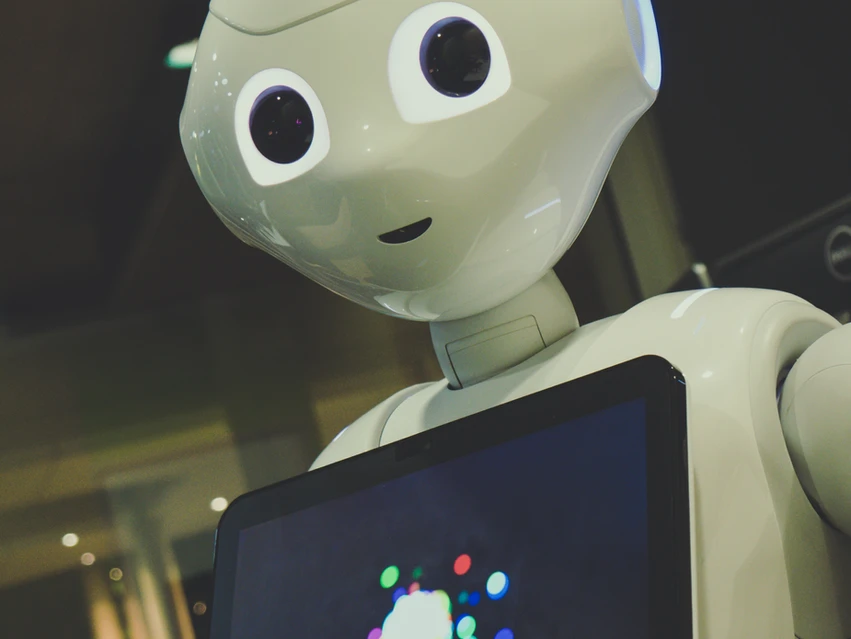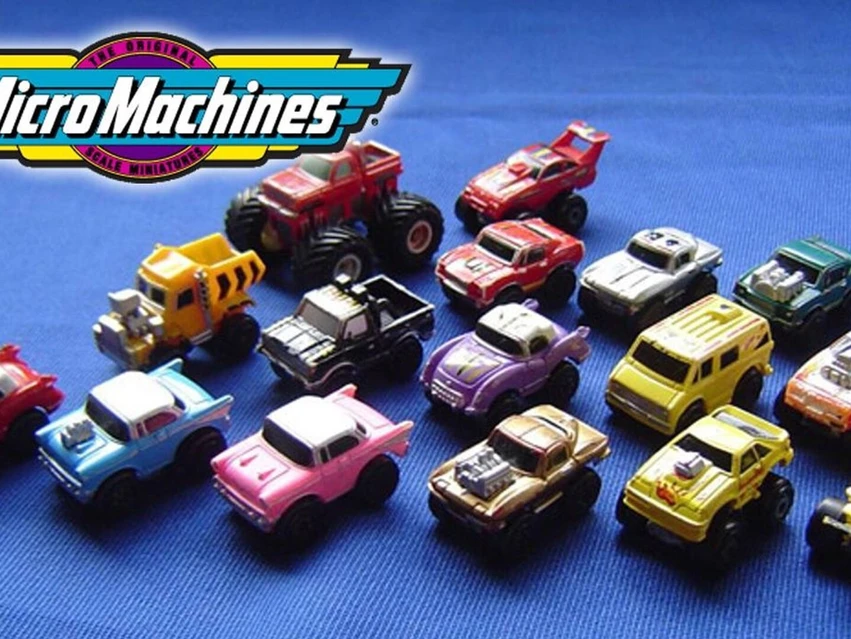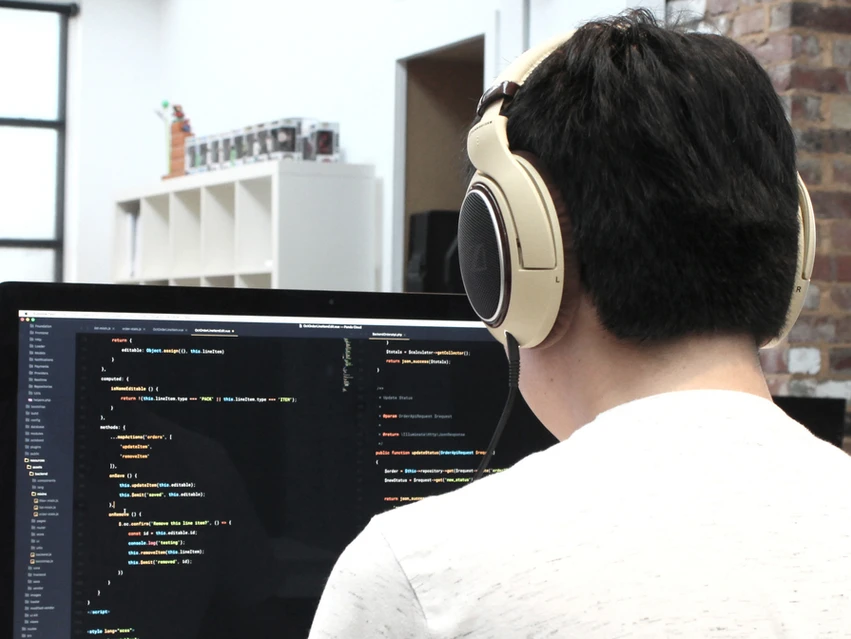What are the Top Five Things to Know about Common Camunda Process Types and How to Optimize them?

There are many techniques to migrate your workflow to Camunda. By using the tips in this article, you can optimize the most common process types to run efficiently as possible. What process families do we generally run into? What do we need to know about Transaction Processes? What do we need to know about Bulk […]
Top 5 things to know when combining RPA and Camunda

Robotic Process Automation (RPA) is a technology that allows us to configure a software ‘robot’ to emulate the actions of a human interacting with a computer system. The robots are really just software programs that are typically installed on a user’s desktop System that can then record and then playback the actions of people, with […]
What to know when choreographing Microservices with Camunda

Although the definition of a microservice has evolved over the last few years, it is generally accepted that Microservices is a software architecture style. It is based on small building blocks that focus on a single responsibility and function and uses a modular approach to become combining into large complex applications. There is no doubt […]
Considering Camunda BPM?

Enterprise integration has to deal with multiple heterogeneous applications running in different locations. These applications are typically part of complex and long-running business processes. These Business Processes involve both Application-to-Application data flow and human interaction to enter/review/update data in the flow. Along with these heterogeneous systems, these humans have multiple roles that need to co-coordinate […]
Getting started with Camunda as a Java Developer

It is estimated that the number of Java developers in the world was 7.1 million as of September 2018 that number was projected to will reach 7.6 million during 2019 and increase to 8-9 million during 2020s. During 2020, Java turned 25 years old, Java continues to transform, while there are numerous reasons why Java […]
What to know when Combining RPA and Camunda

Robotic Process Automation (RPA) is technology that allows us to configure a software ‘robot’ to emulate the actions of a human interacting with a computer system. The robots are really just software programs that are typically installed on a user’s desktop System that can then record and then playback the actions of people, with some […]
Top 5 Things To Know about the Camunda Rules Engine

A business Rules Engine is a software system that executes business rules in a runtime production environment. The rules might come from legal regulation, company policy, or other sources. A business rule system enables these company policies and other operational decisions to be defined, tested, executed and maintained separately from the application code. The Camunda […]
The Rules are Changing: Five Things to Know about your Camunda Production Environment

Abstract Setting up a Camunda production environment can be a very different experience from traditional BPM applications. In this paper, we’ll discuss why and how you can avoid common pitfalls, optimize your environments for your applications, control resource constraints, and why controlled breakage is a great thing. Background The single environment approach is pervasive in […]
Top five things you need to know about Archiving with Camunda

Top five things you need to know about Archiving with Camunda The ability to archive a Camunda application allows for the definition of multiple deployments (process archives). This ability helps make sure that all needed deployments are performed upon deployment of your application. In this Podcast episode, Stuart and Max explore the 5 things that […]
Top five things you need to know about Camunda Process History

The Camunda Process Engine maintains the state of running process instances inside a database. This includes saving the state of a process instance to the database as it reaches a wait state and reading the state as process execution continues. This database is called the runtime database. In addition to maintaining the runtime state, the […]